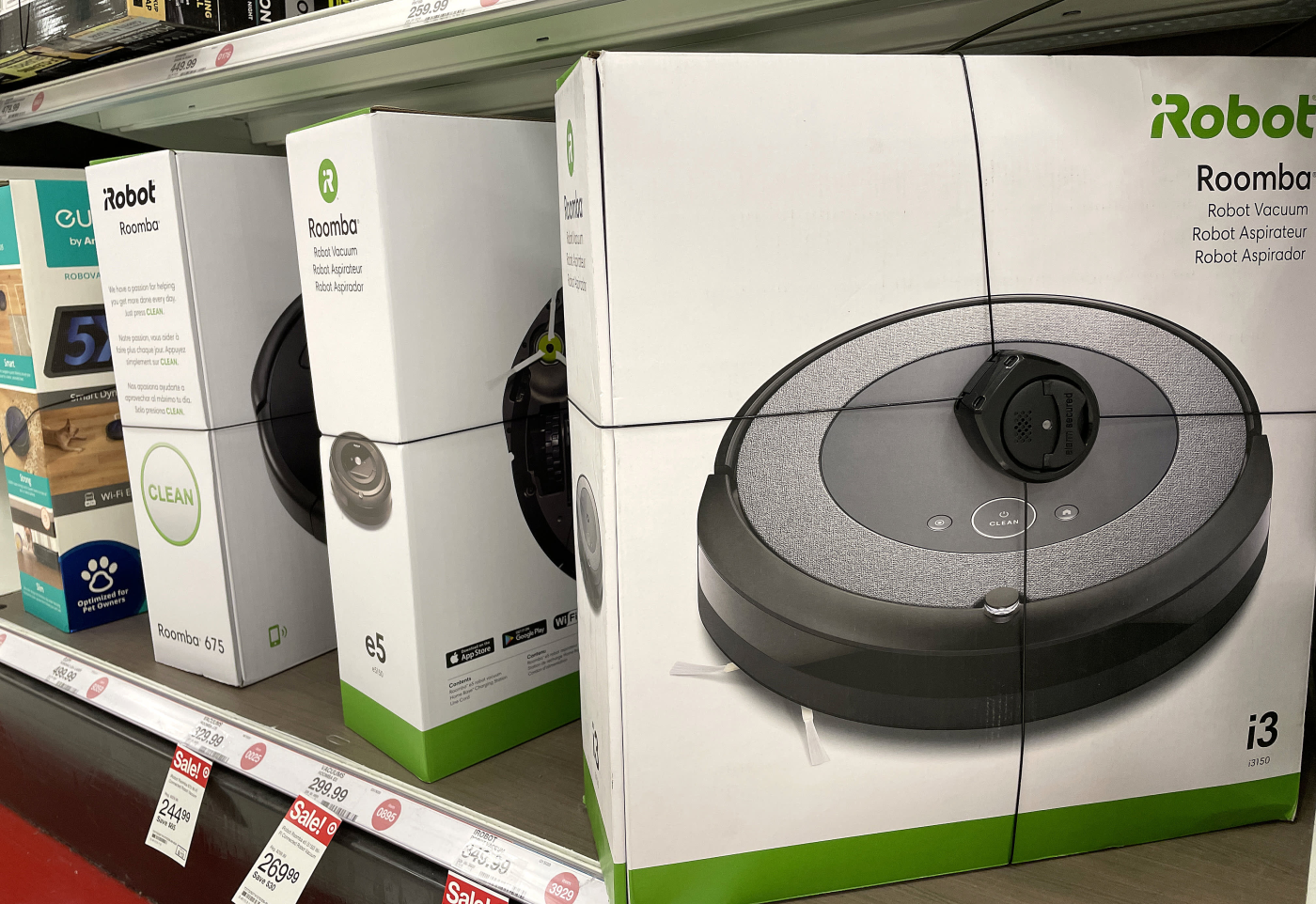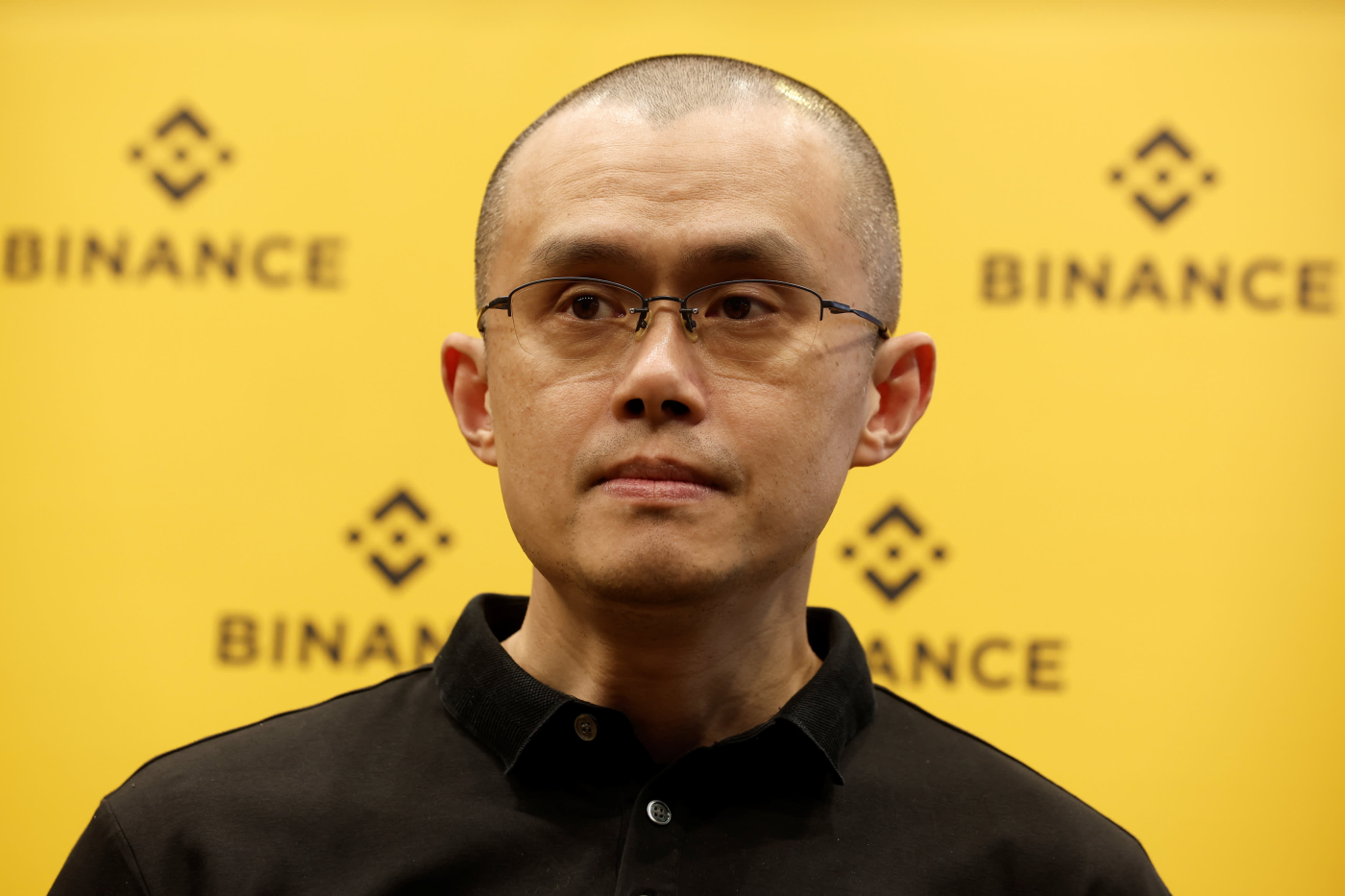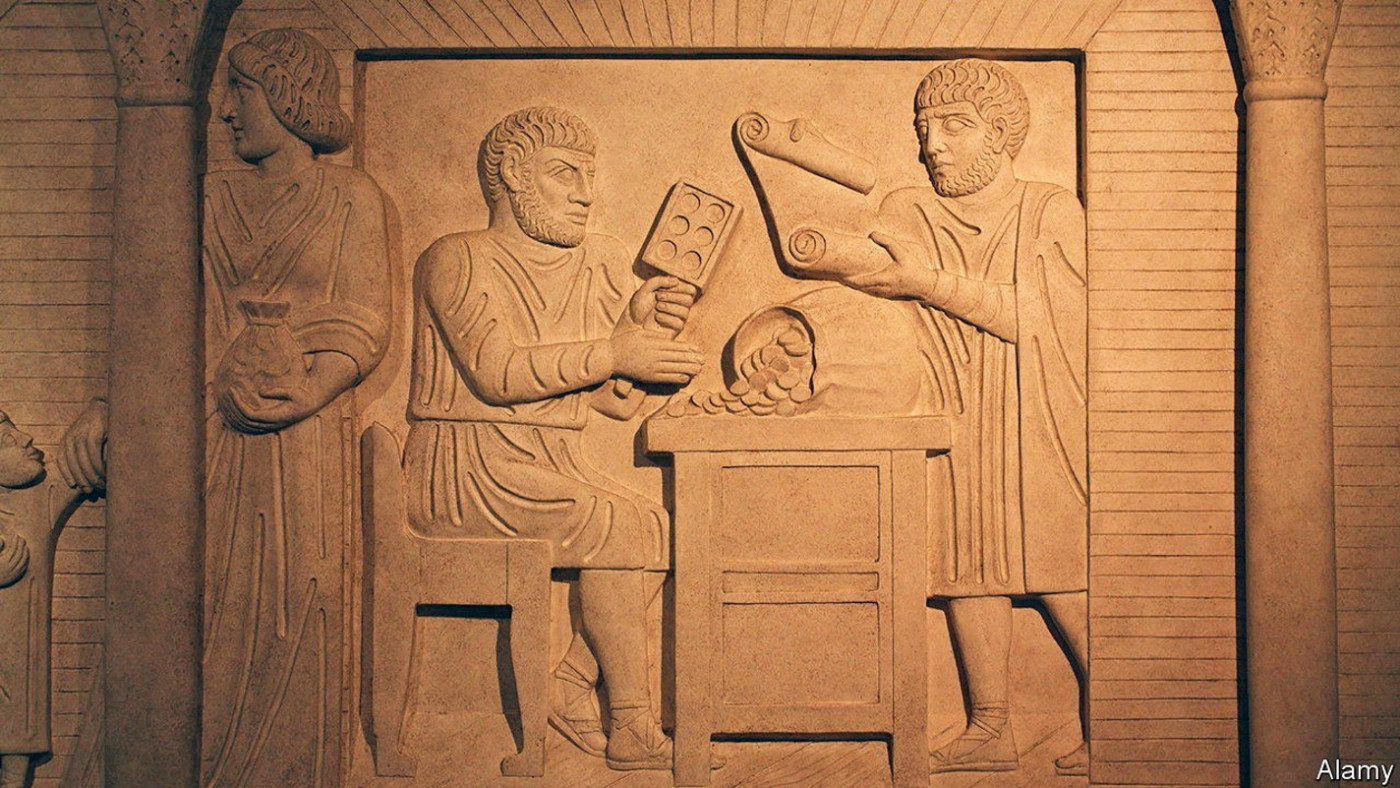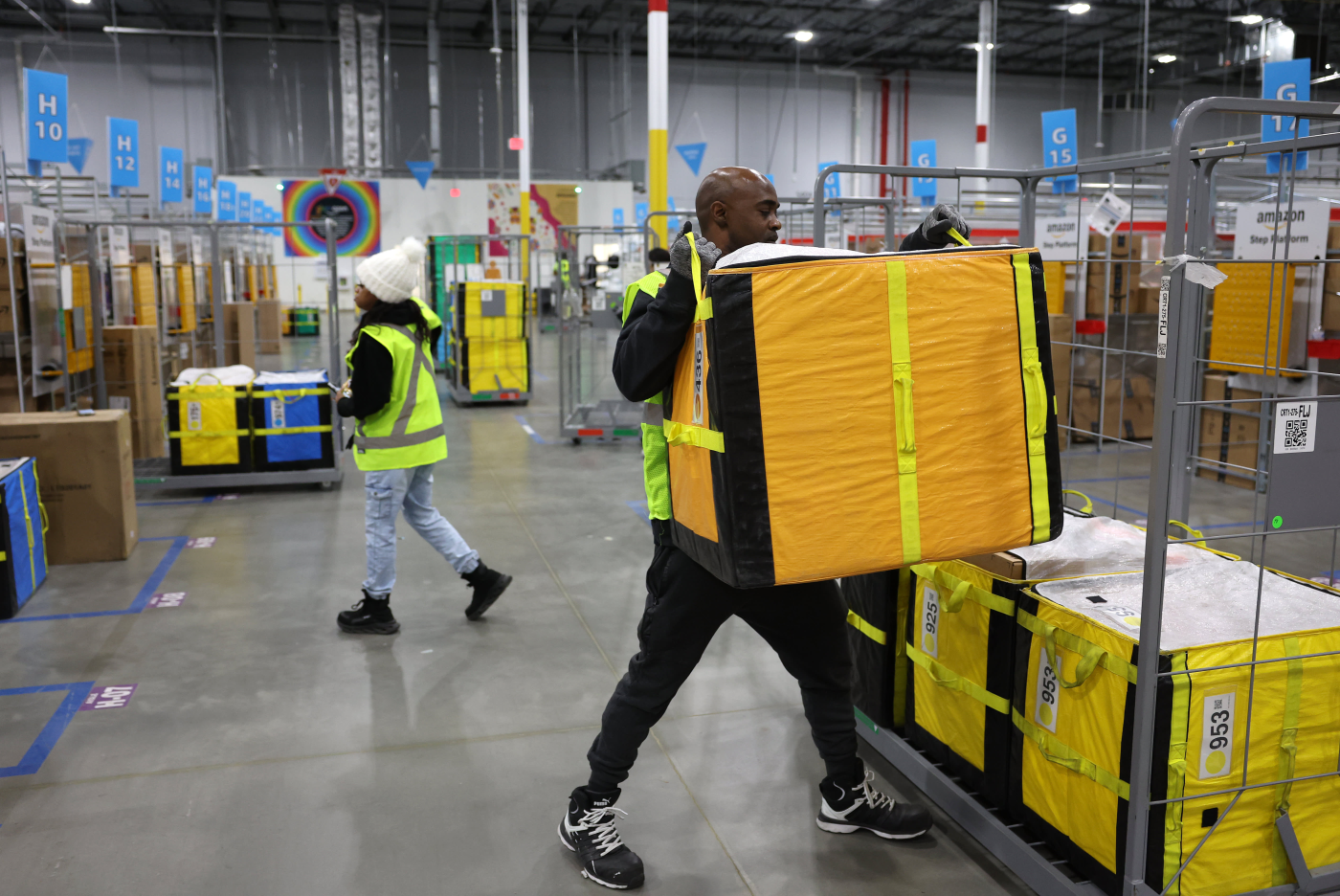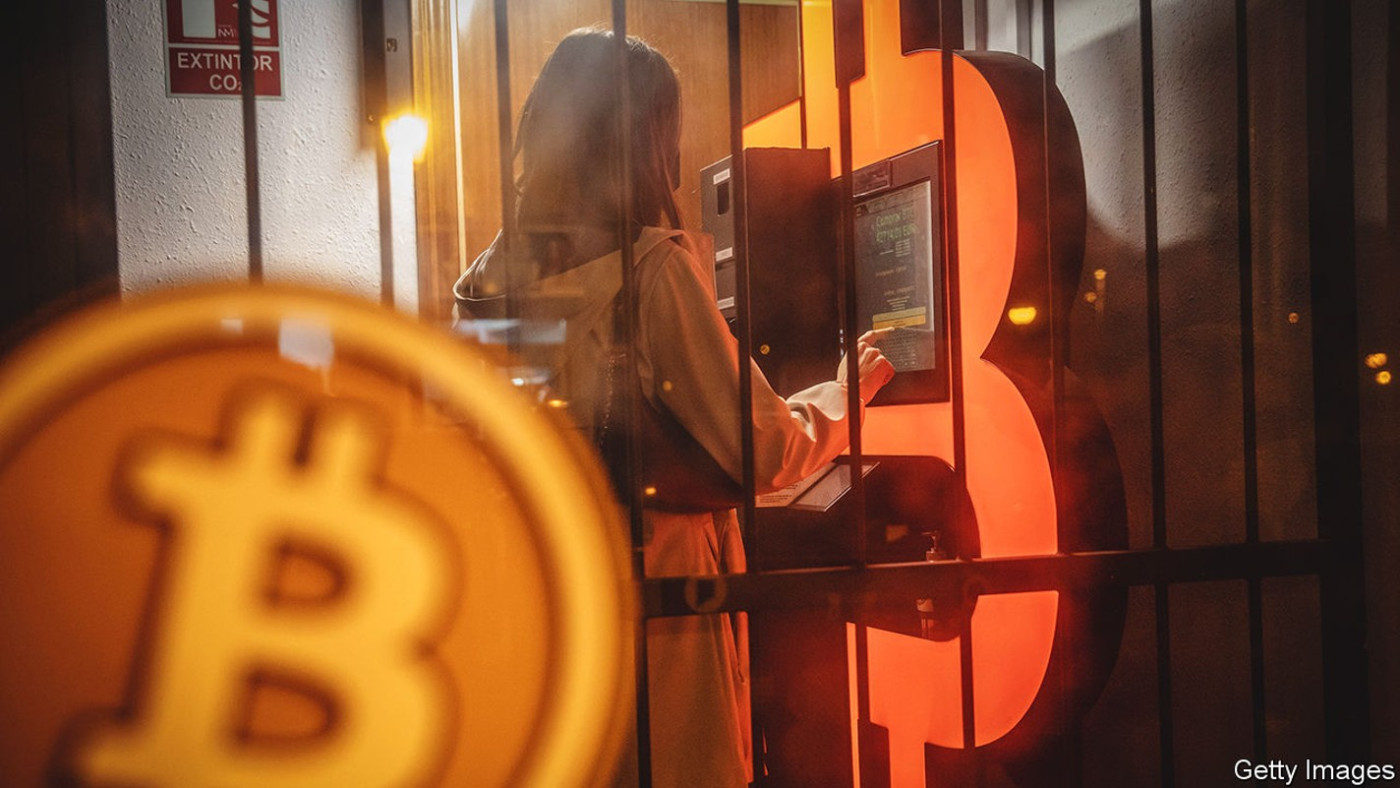A Nobel prize for electron-watchers
INSIDE ATOMS, things move fast. An electron zooms around a nucleus, changing its position or energy in mere fractions of an attosecond. An attosecond is a billionth of a billionth of a second—a unit of time so short that there are as many attoseconds in a single second as there have been seconds since the Big Bang, 13.8bn years ago.
Watching electrons flying around is, therefore, tricky. This year’s winners of the Nobel prize in physics, however, worked out a way to do it. Pierre Agostini, Ferenc Krausz and Anne L’Huillier showed that it is possible to build lasers that could flash on and off so quickly that each pulse of light lasted for only a few hundred attoseconds. These pulses of light could then be used to take snapshots of the movements of electrons.
Ultra-fast lasers work in the same way that strobe lighting can help capture useful images of fast-moving objects in the everyday world. A hummingbird, for example, can beat its wings 80 times per second. To human eyes, this looks like a blur. Use a high-speed camera and a strobe light flashing faster than the hummingbird’s wings beat, though, and it is possible to take detailed pictures of the bird in flight.
Generating pulses of light short enough to watch electrons began with the work of Professor L’Huillier. In 1987 she was working at the Saclay Nuclear Research Centre, near Paris, experimenting with lasers and noble gases such as argon or neon. She found that the lasers imparted energy into the gas atoms, knocking their electrons loose. When those electrons were eventually recaptured, they released energy in the form of light.
Those light waves interacted with each other in turn. Where their peaks coincided, they would become more intense. When one wave’s peak met another’s trough, though, the light’s intensity would fall. And sometimes, if the light waves interacted in just the right way, they produced pulses of ultraviolet light that lasted for just a few hundred attoseconds.
In 2001 Pierre Agostini, also working in France, built Prof L’Huillier’s observation into a workable piece of technology, designing a way to produce a series of pulses of light that lasted for 250 attoseconds each. At around the same time, Dr Krausz, working independently in Vienna, managed to produce a series of pulses lasting for 650 attoseconds each.
Nowadays scientists have shortened the pulses of light even further, down to dozens of attoseconds. These ultra-fast disco lights are still not quite quick enough to freeze-frame electrons in their orbits around atoms, but a blurry camera is better than no camera at all. Before attosecond light was available, scientists could only talk about the probability that an electron might be in a particular place at a particular time. The pulses can also be used to measure how closely electrons are bound to an atom’s nucleus, and how long it takes for one to be pried loose during a chemical reaction.
Other applications are further away. Attosecond pulses of light might help to create ultra-fast electronics, in which a semiconductor is prodded to switch between its insulating and conducting states far faster than it can today. The pulses can also be used to nudge large molecules, which then go on to emit characteristic radiation that depends on their precise chemical makeup. That could be used to analyse blood samples, for instance, with a view to picking up even the smallest markers of disease. ■
Disclaimer: The copyright of this article belongs to the original author. Reposting this article is solely for the purpose of information dissemination and does not constitute any investment advice. If there is any infringement, please contact us immediately. We will make corrections or deletions as necessary. Thank you.

